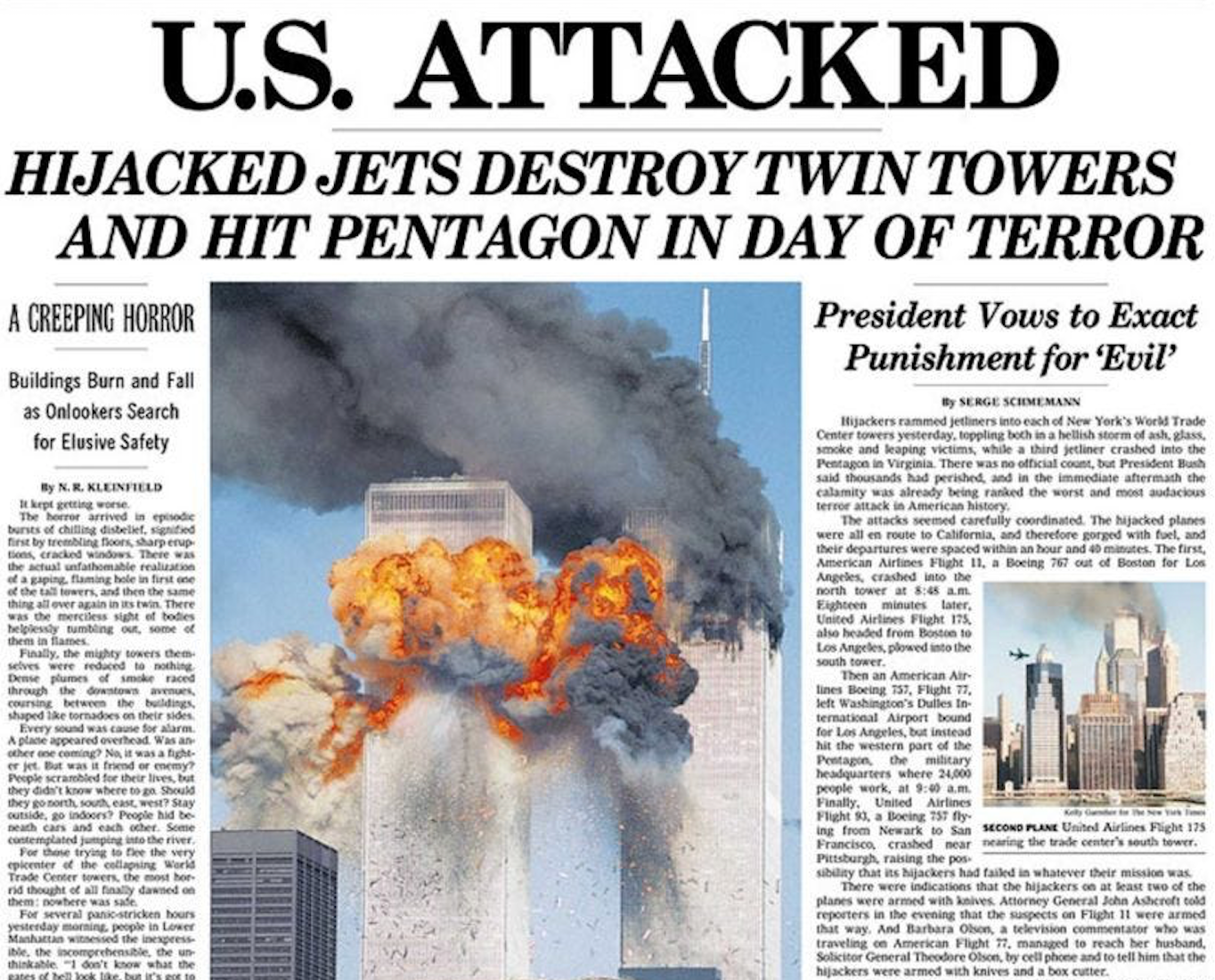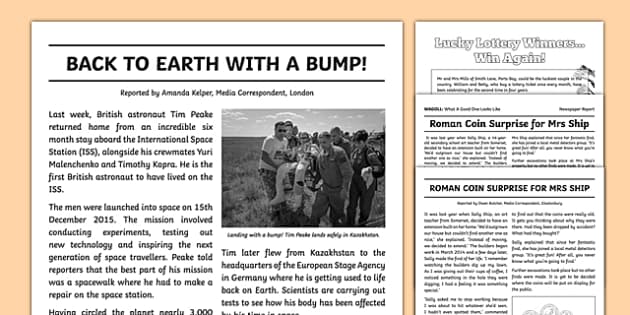9 Easy Facts About News Articles Explained
9 Easy Facts About News Articles Explained
Blog Article
Some Ideas on News Articles You Need To Know
Table of ContentsThe 7-Minute Rule for News ArticlesHow News Articles can Save You Time, Stress, and Money.9 Simple Techniques For News ArticlesThings about News ArticlesGet This Report on News Articles
Excellent understanding of various topics offers pupils a competitive side over their peers. Also though electronic and social networks are easily obtainable, we need to not neglect exactly how essential it is to read the papers. Moms and dads have to attempt and inculcate the routine of checking out a newspaper as an everyday regimen to proceed the heritage of the revered print medium.Information tales likewise consist of at the very least one of the following essential features relative to the desired audience: proximity, importance, timeliness, human rate of interest, curiosity, or repercussion.
Within these limitations, information tales additionally aim to be comprehensive. Various other factors are entailed, some stylistic and some derived from the media form. Amongst the bigger and more reputable newspapers, justness and equilibrium is a significant factor in offering information. Commentary is generally constrained to a different section, though each paper may have a various overall slant.
Papers with an international audience, as an example, tend to utilize an extra official style of creating. The specific choices made by an information electrical outlet's editor or content board are commonly accumulated in a design overview; common style guides include the and the United States Information Style Publication. The main objectives of information writing can be summarized by the ABCs of journalism: precision, brevity, and clearness.
All About News Articles
As a regulation, journalists will certainly not make use of a lengthy word when a brief one will do. Information writers attempt to prevent making use of the same word much more than as soon as in a paragraph (occasionally called an "echo" or "word mirror").
Nonetheless, headlines often leave out the subject (e.g., "Leaps From Watercraft, Catches in Wheel") or verb (e.g., "Feline female fortunate"). A subhead (additionally subhed, sub-headline, subheading, caption, deck or dek) can be either a secondary title under the major heading, or the heading of a subsection of the article. It is a heading that precedes the main text, or a group of paragraphs of the main message.

Added billboards of any of these types may show up later on in the post (specifically on subsequent pages) to entice more reading. Such billboards are additionally utilized as guidelines to the post in other areas of the magazine or website, or as advertisements for the item in various other publication or websites. Typical structure with title, lead paragraph (recap in bold), other paragraphs (information) and get in touch with details.

Example of a hard-lead paragraph NASA is suggesting another space project. The budget demands roughly $10 billion for the project.
The NASA statement came as the company requested $10 billion of appropriations for the project. An "off-lead" is the second most vital front web page information of the day. The off-lead appears either in the leading left edge, or directly listed below the lead on the. To "bury the lead" is to start the short article with history info or details of second value to the readers, compeling them to find out more deeply into a short article than they should need to in order look at more info to find the vital points.
Facts About News Articles Revealed
Common use is that or more sentences each develop their very own paragraph. Reporters usually describe the organization or framework of an information tale as an inverted pyramid. The crucial and most interesting aspects of a tale are placed at the start, with supporting information complying with in order of reducing value.
It enables people to check out a topic to just the deepness that their inquisitiveness takes them, and without the charge of information or subtleties that they can take into consideration unnecessary, yet still making that details readily available to a lot more interested visitors. The inverted pyramid framework also enables articles to be cut to any kind of arbitrary size throughout format, to fit in the space readily available.
Some authors begin their stories with the "1-2-3 lead", yet there are many kinds of lead readily available. A kicker can refer to several things: The last story in the information program; a "pleased" story to finish the show.
Longer articles, such as magazine cover write-ups and the pieces that lead the inside areas of a paper, are known as. Function tales differ from straight Visit Website information in several methods.
All about News Articles
A function's very first paragraphs usually relate an appealing minute or event, as in an "unscientific lead". From the details of a person or episode, its view promptly widens to generalities concerning the tale's subject.
The Editor's Tool kit: A Reference Guide for Beginners and Professionals (2001) Allan M. Siegal and William G. Connolly. The New York City Times Guidebook of Style and Use: The Official Design Overview Used by the Writers and Editors of the World's Most Authoritative Paper (2002) M. L. Stein, Susan Paterno, and R.
Report this page